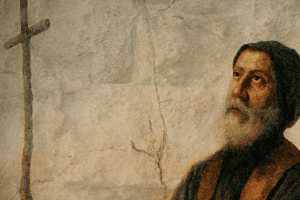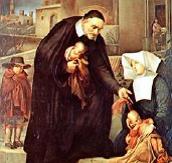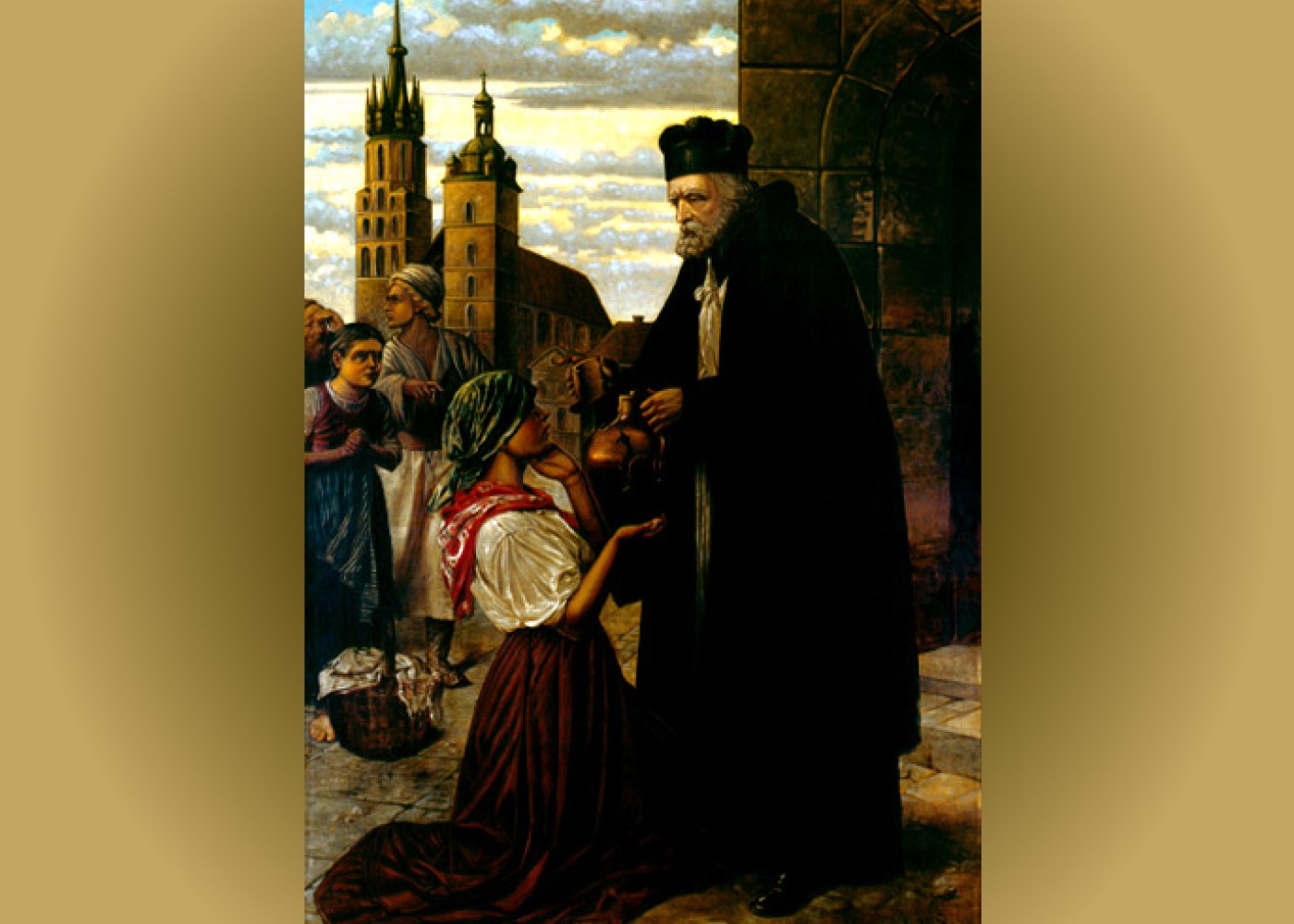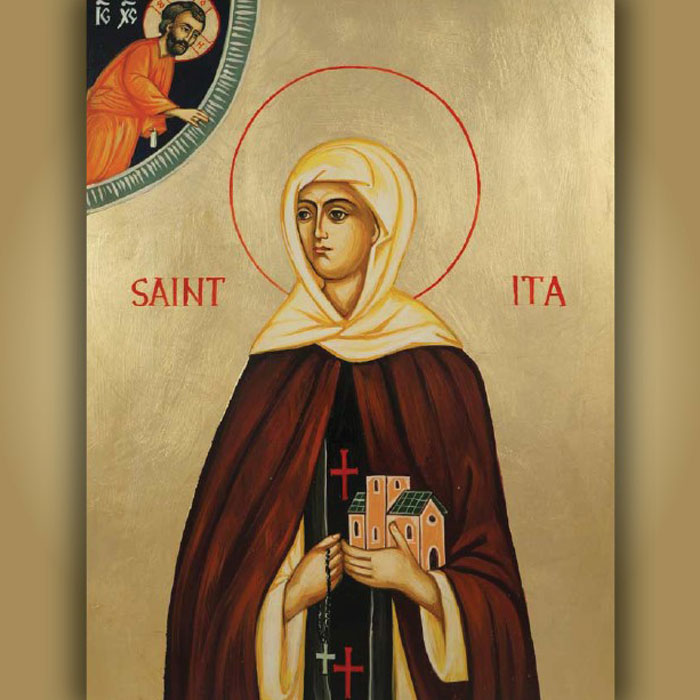
The Maronite Catholic Church, an Eastern Rite Catholic community,
celebrates the feast of Saint Maroun on February 9. Saint Maroun is
considered the father of the Maronite Catholic community, which professes
the same apostolic faith, celebrates the same sacraments and is united with
the chief shepherd of the Church, the pope, as are all Roman Catholics
throughout the world.
Based in part on the writings of Saint John Chrysostom (feast, Sept. 13),
Saint Maroun’s life is dated at approximately 350-410. Saints Maroun and
John Chrysostom are believed to have studied together in the great Christian
learning center at Antioch, which at the time was the third largest city in the
Roman Empire.
Unlike Saint John Chrysostom, who became Archbishop of
Constantinople, Saint Maroun embraced a life of quiet, prayerful solitude
in the mountains of Syria. He was known for his simplicity and his
extraordinary desire to discover God’s presence in all things. He was also
known for his evangelization efforts and his extensive healing ministry. He
shared his deep commitment to Christ with everyone he encountered.
Saint Maroun’s missionary work came to fruition when he converted an
entire pagan community living in the mountains of Syria to Christianity. This
was the beginning of mass conversions to Christianity in Syria. Saint Maroun
attracted a multitude of followers and drew attention throughout the empire.
His influence on the Syrian Christians was so great they took their name after
him, “Maronites.” In time, the Maronite movement spread the Christian faith
to Lebanon where its influence was even more profound.
Saint Maroun is the patron saint of Lebanon, which celebrates his
feast day as a national civic holiday for Christians and Muslims alike. Pope
Benedict XVI established the granting of a plenary indulgence to anyone who
visits a Maronite church on February 9th.



